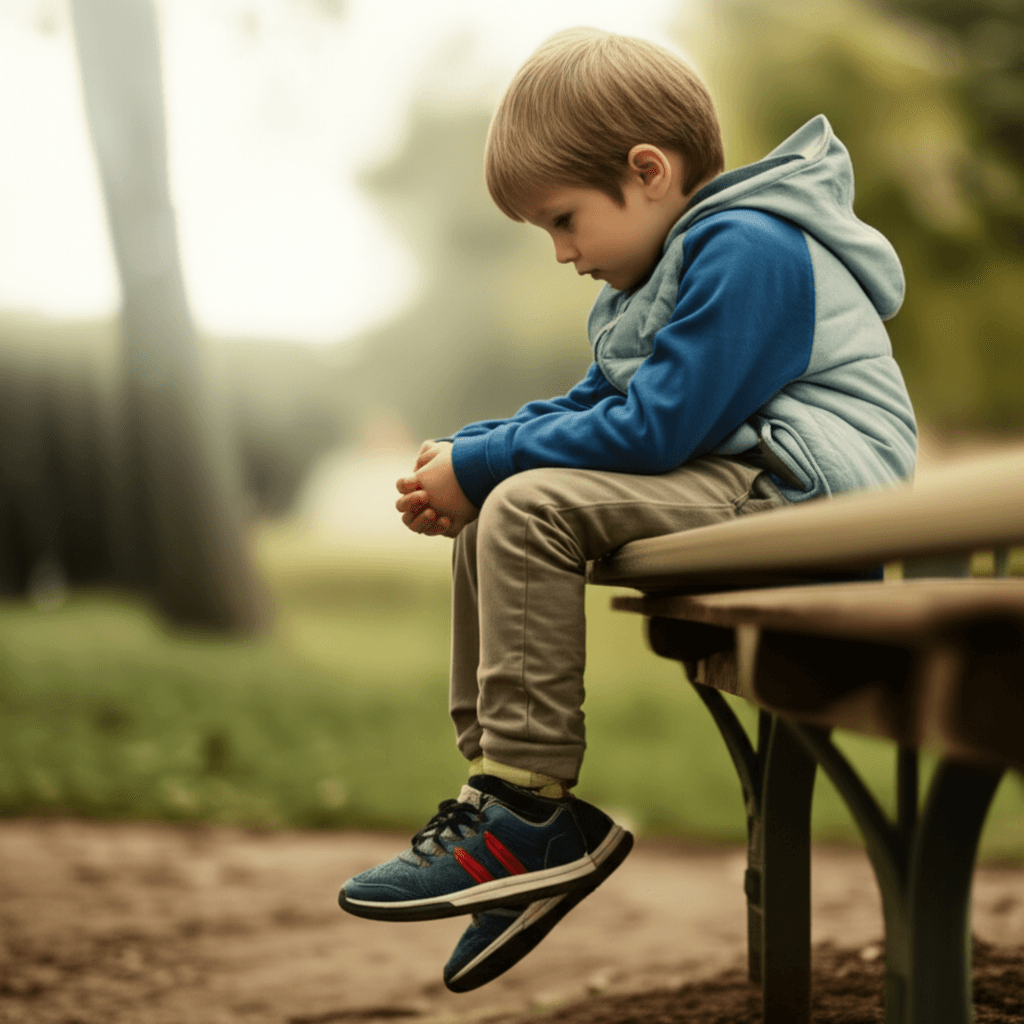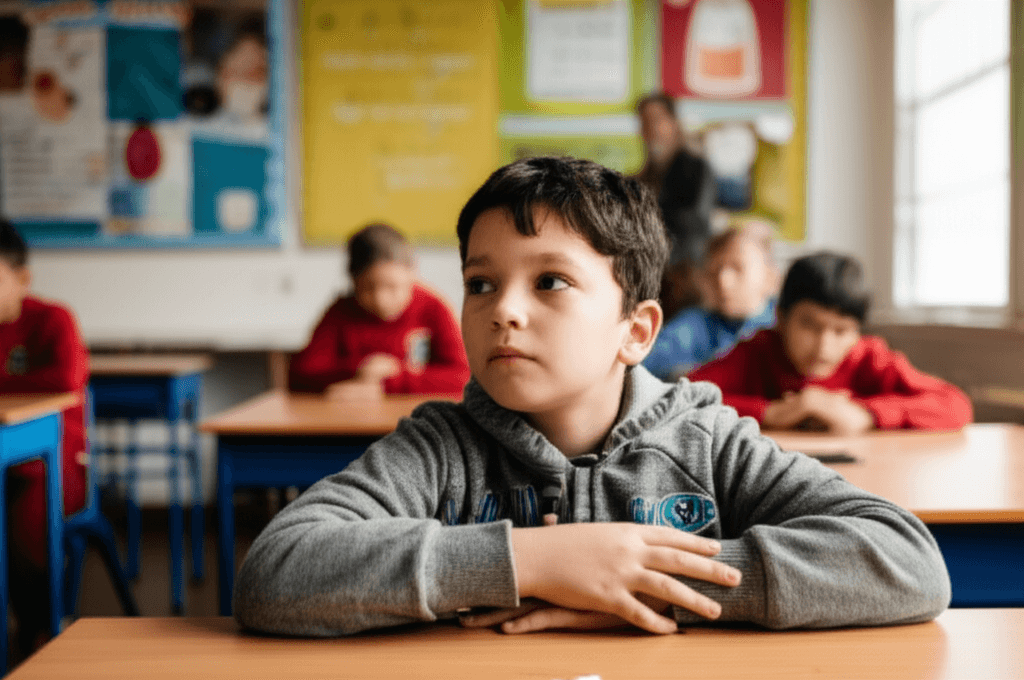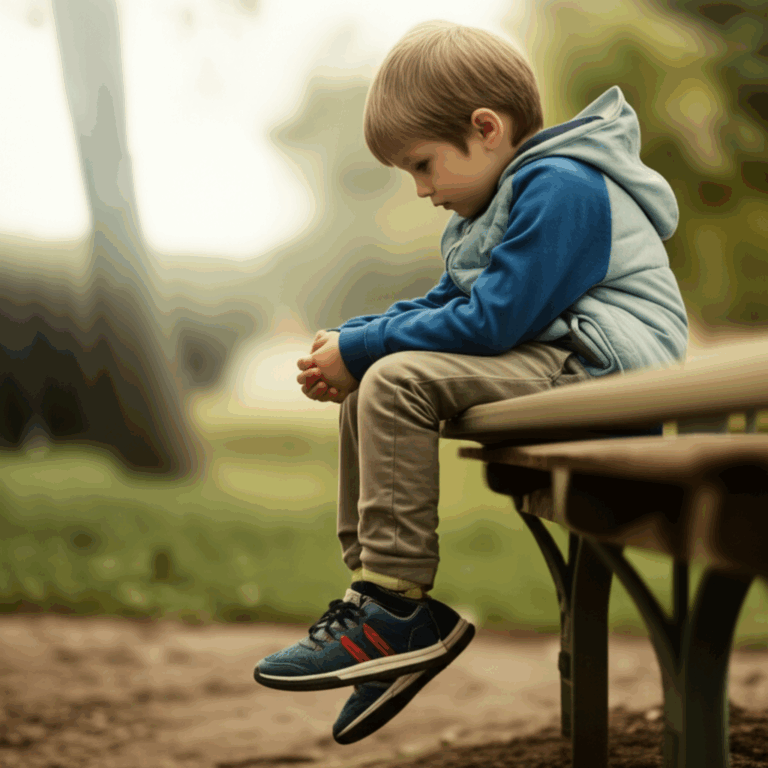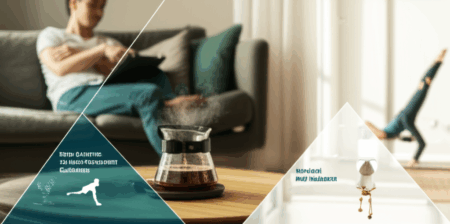Children, much like adults, navigate a complex emotional landscape, but their ability to articulate internal struggles is often limited. Instead, their “brains” often communicate distress through observable “behavioural indicators.” Understanding and recognizing these “mental health signals in children” is crucial for providing timely support and fostering healthy development.

The Silent Language of Distress: Why Children’s Behavior Changes
It can be challenging for parents, teachers, and caregivers to distinguish between typical developmental phases and signs of a more serious mental health concern. However, changes in a child’s behavior, mood, and social interactions can often signal underlying emotional or psychological distress. Early identification of these shifts is vital because mental health issues, if left unaddressed, can escalate and profoundly impact a child’s functioning at home, school, and in the community. Research indicates that half of all mental health conditions begin by age 14, underscoring the importance of “early intervention in child mental health.”

Common Behavioral Indicators of Mental Health Concerns
While all children experience sadness, anxiety, or irritability at times, persistent or extreme changes warrant attention. Parents and caregivers are often the first to notice these shifts.
Mood and Emotional Changes
A child’s emotional expression can be a direct window into their mental state. Watch for:
- Persistent Sadness or Irritability: Sadness lasting two or more weeks, unexplained tearfulness, or frequent, intense emotional outbursts can be red flags for depression or other mood disorders. In adolescents, depression may manifest as anger or irritability rather than overt sadness.
- Excessive Worry or Fear: Constant anxiety, worry, or fears that are hard to control and interfere with daily activities, such as refusing to go to school or take part in normal activities, may indicate an anxiety disorder. This can sometimes present with physical symptoms like a racing heart or fast breathing.
- Severe Mood Swings: Dramatic and rapid shifts in emotions that affect relationships with family and friends can be a sign of deeper issues.
Changes in Daily Functioning
Mental health challenges often disrupt a child’s ability to engage in everyday life.
- Academic Decline: A significant and sudden drop in school performance, poor grades despite effort, or difficulty concentrating on tasks can signal underlying mental health issues like anxiety or ADHD.
- Social Withdrawal: A sudden loss of interest in activities previously enjoyed, avoiding social interactions, or withdrawing from friends and family can indicate emotional struggles.
- Sleep and Appetite Disturbances: Significant fluctuations in sleeping patterns (insomnia, sleeping too much, persistent nightmares) or appetite (refusal to eat, excessive eating, weight loss or gain) can be signs of emotional distress.
Behavioral Shifts
Observable actions often speak volumes. Pay attention to:
- Aggression or Defiance: Continuous or frequent aggression, acting out, defiance, or opposition to authority figures, especially if lasting longer than six months, may warrant a psychiatric evaluation.
- Hyperactivity and Concentration Issues: Extreme difficulty staying still, constant movement, or problems with concentration that put them in physical danger or cause school failure could be signs of ADHD or other disorders.
- Physical Complaints: Frequent, unexplained stomachaches or headaches without a medical cause may be physical manifestations of anxiety or stress.
- Risk-Taking Behaviors: Engaging in risky or self-destructive actions, increased drug or alcohol use, self-harm (like cutting), or sexual acting out are serious warning signs, particularly in teens.
- Obsession with Death or Suicide: Talking about death or suicide, making plans to self-harm, or giving away possessions are emergency signs requiring immediate attention.

Developmental Considerations: Age-Specific Signals
The way mental health challenges manifest can vary by a child’s age.
- Toddlers and Preschoolers: Regression in previously mastered skills (e.g., bedwetting, thumb-sucking), excessive clinging, intense fear of new experiences, or difficulty controlling emotions leading to frequent tantrums.
- Elementary School Age: Struggles with focus or hyperactivity beyond age-appropriate levels, persistent low self-esteem, or refusal to go to school.
- Preteens and Teenagers: Risk-taking behaviors, self-harm, extreme personality changes, social isolation, significant changes in friend groups, or obsession with unrealistic goals.

When to Seek Professional Help for Children’s Mental Health
It can be difficult to discern when to seek professional support. However, if a child’s behavior or emotions last for weeks or longer, cause distress for the child or family, or interfere with their functioning at school, home, or with friends, it’s important to consider seeking help. Parents are encouraged to trust their observations.
A first step may involve speaking with a trusted person at school (teacher, school nurse, mental health lead) or a General Practitioner (GP). They can provide guidance on available support and refer to children and young people’s mental health services, often called Children and Adolescent Mental Health Services (CAMHS). Mental health screenings are also available as a free, anonymous, and confidential way to see if a person is showing signs of a mental health condition.
Seek immediate professional help if your child talks about wanting to hurt themselves or others, or if their behavior is unsafe. Resources like the 988 Suicide & Crisis Lifeline are available for immediate support.

Supporting Children’s Mental Well-being: Tips for Parents and Caregivers
Parents and caregivers play a crucial role in supporting a child’s mental health.
- Open Communication: Regularly ask your child how they are doing and encourage them to talk about their feelings. Listen without judgment and validate their emotions.
- Model Healthy Coping Skills: Demonstrate healthy ways to deal with emotions, such as deep breathing, exercise, or creative activities.
- Establish Routines and Boundaries: Consistent routines provide security and reduce stress, while clear boundaries help children understand expectations.
- Encourage Interests and Physical Activity: Support children in exploring hobbies and engaging in joyful movement, which benefits both physical and mental health.
- Positive Feedback and Encouragement: Provide specific praise for effort and accomplishments to build self-esteem and confidence.
- Prioritize Sleep: Ensure a fixed bedtime and wake-up time, as good sleep is essential for mental well-being.
- Seek Support for Yourself: Parenting can be challenging; it’s okay for parents to seek help for their own mental health if needed.
“Early intervention for mental illness in children” is crucial, as it can prevent more serious issues, improve overall well-being, and equip children with vital coping skills and resilience for a brighter future.







